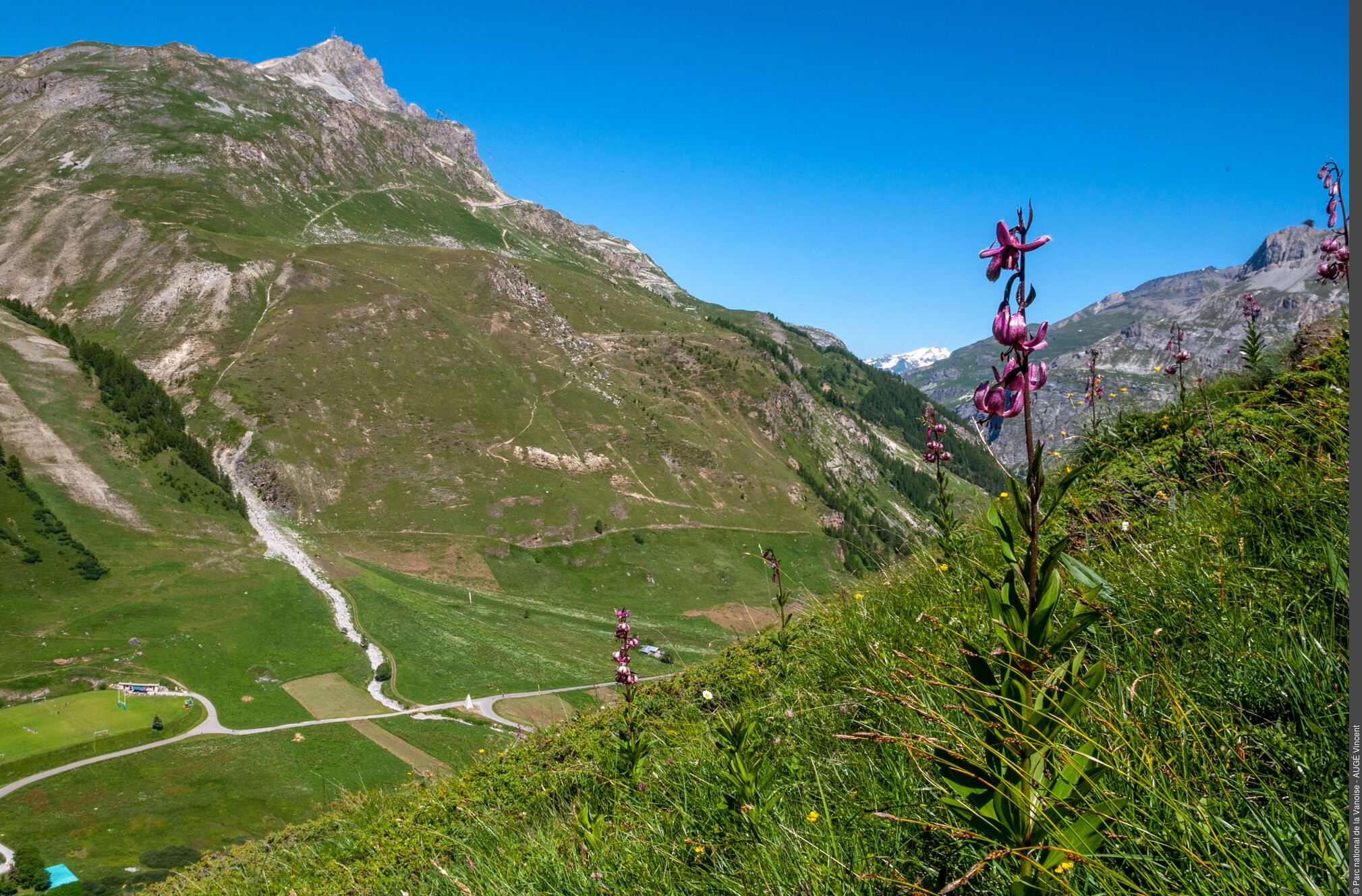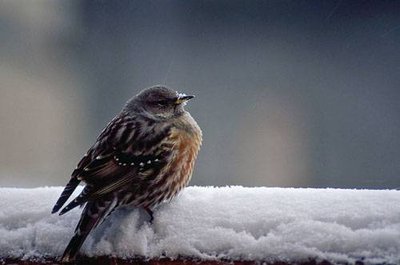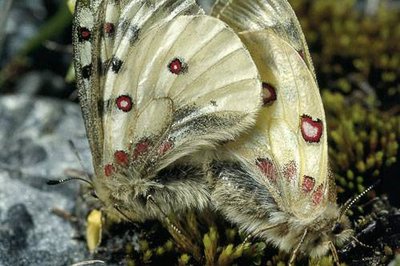
Col des Fours from Manchet
“This hike is especially made for those fond of efforts rewarded and those who love the mountains. An encounter with the chamois remains an exception and is only more magical. To be consumed liberally!” Mylène Herrmann, Vanoise National Park Ranger
Description
When leaving the car park of the Manchet ski lift, follow the paved road, which merges into the terrain path. Walk around the hamlet of Manchet following this path. Cross the bridge over the Fours stream. Take the trail to the left of the Park information boards. Walk 150 m to fall back on a vehicle track. Follow it to the left in order to get back to the trail that leads to the right after 300 m. Follow the direction of “Col des Fours”. 400 m after the Refuge du Fond des Fours, at the fork in the path, follow the direction of “Col des fours 1h10”. To return, walk back the opposite way.
- Departure : Manchet car park and ski lift, Val d'Isère
- Arrival : Manchet car park and ski lift, Val d'Isère
- Towns crossed : VAL D'ISERE
Forecast
Altimetric profile
Recommandations
Catering and accommodation available at the Refuge du Fond des Fours. Catering available at the Ferme de l´Arselle.
Information desks
Transport
Rail connection to Bourg-Saint-Maurice. Information: www.voyages-sncf.com
Then transport by coach to the administrative centre of Val d´Isère. Information:www.transavoie.com
At Val d´Isère, free shuttle buses serve the Manchet valley to the Parc des Sports car park.
Access and parking
From the roundabout of the Tourist Information Office of Val d´Isère follow the RD 902, in the direction of the “Vallée du Manchet”. Go past the ski-runs roundabout, cross the hamlet of Châtelard, pass in front of the restaurant ""Les Clochetons”. Continue as far as the ski lift car park of Manchet.
"Parking :
More information
7 points of interest

Le hameau du Manchet. à dr., la piste qui monte à la ferme de l'Arselle. - PNV - HERRMANN Mylène  Architecture
ArchitectureThe hamlet of Manchet
This small group of abandoned houses is the only alpine hamlet of Val d´Isère. Ÿou will notice that these buildings are built of local stone. Wood, which is a rare material at this altitude, is used only for framework and woodwork. Its use was reserved solely for the summer. Currently, it is part of the Tutel family’s mountain pasture, which they don’t use in their farming activity. The municipality of Val d´Isère has launched a project to renovate these buildings in order to bring them back to life.
Exemple de reposoir à bestiaux, envahi par les rumex - Vincent AUGE  Pastoralism
PastoralismThe ramaz
"The ""ramaz"" is an old sheep pen made of dry stone walls, which was used to enclose the sheep for the night. Ÿou will notice that the vegetation consists of a single species: the alpine docks or écot for the Savoyards or monk´s rhubarb. The large thick, tough leaves were used to keep the butter cool."
Arnica des montagnes. - PNV - GROSSET Félix  Flora
FloraThe arnica montana
The grasslands are dotted with little rays of sunshine. The arnica montana resembles a slightly dishevelled yellow daisy. Its medicinal properties have been known since antiquity. Not to be confused with the Senecio doronicum! The arnica has foliage on its plants, a rosette laid flat on the ground.
Accenteur alpin. - PNV - TISSOT Nathalie  Fauna
FaunaThe alpine accentor
The alpine accentor (Prunella collaris) is far from shy. It is the most easily observable of the mountain sparrows. It spends most of its time on the ground pecking at insects, or perching regularly on the stones. From afar, it looks dull in colour but draws attention with its red flanks. But close up, its plumage appears variegated with grey-brown on top, a broadly striped black back, white breast with black mottling, flanks with red sparks on a white background and two rows of white dots on the wings.
Accouplement de petits apollons sur un saxifrage jaune. - PNV - DELMAS Michel  Flora
FloraSaxifraga aizoides
The edge of the stream is blanketed by a magnificent carpet of yellow flowers which are called the yellow mountain saxifrage, or Saxifraga aizoides. Look closely at these beautiful little yellow stars. The plant is also particular for hosting an extraordinary guest: the small Apollo (Parnassius phœbus). This small butterfly, white with two red eyespots, is protected. It only lays its eggs on these saxifrages. The fleshy leaves will then serve as a meal for the butterfly caterpillars.
Renoncule des glaciers. - PNV - BALAIS Christian  Flora
FloraThe glacier buttercup
In the small streams and seepages you will find garlands of small pink and white flowers: the glacier buttercup (Ranunculus glacialis). The plant is rather small, but the flowers are large. They are white and turn pink, sometimes even violet. As the name suggests, it likes wetlands fed by the meltwater from the glaciers or névés. It also holds the record as the highest rising flowering plant in Europe at 4,275 m.
Ancien Glacier du Fond et son lac de fonte, Bonneval sur Arc. - PNV - HERRMANN Mylène  Viewpoint
ViewpointThe Col des Fours
From the Col des Fours (2,976 m in altitude), you can enjoy an extraordinary view of the glaciers and summits bordering Italy, from west to east: the Albaron (3,637 m in altitude) and the glacier of Vallonnet, the Petite Ciamarella (3465 m in altitude), the Grande Ciamarella (3,676 m in altitude) and its glacier of Évettes, the Pointe de Bonneval (3,320 m in altitude) followed by the glacier of Grand Méan, the Roc and the glacier of Mulinet (3,442 m in altitude) and the glacier of Sources de l’Arc... and finally the pretty Lac du Grand Fond under your feet, from the eponymous glacier which has now disappeared.
